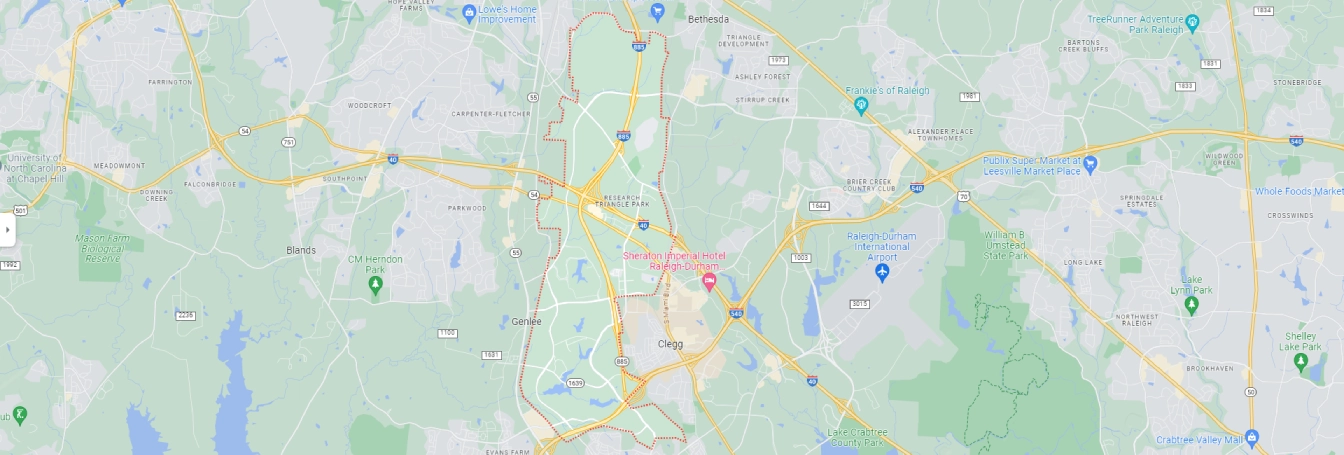Planning
At Cyber Synergy we have found that projects are most successful when we apply a structured methodology. This methodology is designed to support the full spectrum of planning and decision support activities for a project, from a strategic level to a more detailed tactical/operational level. The overall objective of the Cyber Synergy methodology is to empower decision-makers to design and select the strategy that offers the highest likelihood of success. We are technical experts at planning and managing the full project lifecycle. We provide you with increased confidence that all aspects of each requirement will be handled by a business partner with years of experience supporting Federal program/project work planning initiatives.
As part of our planning methodology we consider the following key indicators:
As part of our planning methodology we consider the following key indicators:
Establish Clear Objectives:
The methodology starts by reviewing and clearly stating the objectives of the project, and an assessment of their feasibility. Defining the objectives is critical to keep the analysis focused, on time, under budget, and ultimately, successful.
Decomposition:
It is important to understand that a Cyber Synergy solution will not provide useful results if it isn’t based on an understanding of the outcome to be achieved. The greater your understanding of the critical factors that determine the outcome of your project, the more likely our focused effort will provide useful results. Building a good conceptual model of the process involves an analysis phase that results in decomposition of the process into a series of linked processes that define the key components of the process, the relationships between these components, and all relevant feedback mechanisms. Decomposition typically results in an influence diagram that is a conceptual picture of the process, its main components, and their interactions.
Integration:
In order to address the full range of influences identified in the decomposition, the analysis must provide an integrated model of the process, rather than treating each part of the process independently. Developing such an integrated understanding of the process typically involves input and feedback from many people within the organization and thoughtful investigation of how the different elements of the process relate. The integration phase provides a critical opportunity to foster communication, and get buy-in and support from a broad range of stakeholders within the organization (e.g., operational managers, technical experts, senior management). As a result, prior to even running the simulation model, most people find that the exchange of information and ideas that occurs while formulating the conceptual model in and of itself provides valuable insights and better understanding of the planning process.
Top-down/relevance driven:
Models of large, complicated processes can be difficult to calibrate, explain, and maintain. As a result, the analysis should begin at a high (simplified) level and detail should only be added only when the preliminary results indicate that the additional detail is necessary and relevant. This top-down philosophy helps to control the time and expense of gathering and incorporating data, processing information, etc. Investments are made only in areas where additional information will help to reduce uncertainty or improve the confidence in critical planning components.
Explicit representation of uncertainty and stochastic processes:
Since most project planning processes include factors which contribute significant uncertainty and stochastic behavior, it is critical that the analysis explicitly accounts for the full range of possibilities. This includes uncertainties in costs and durations of activities, uncertainties in the consequences and effects of carrying out various activities, and uncertainties regarding the occurrence of outside events or new developments (e.g., changes in requirements). Incorporating uncertainty regarding the consequences of carrying out various activities and/or the occurrence of unplanned or unlikely incidents or developments can alert the strategic planner to flaws in the strategy and provide guidance for improving the strategy and overall process. It may never be possible to completely avoid such incidents or developments, however, if these possibilities are explicitly considered in the planning stage of the project, then additional activities can be carried out beforehand and/or contingency plans can be prepared that will either reduce the likelihood of the incidents or lessen the impact should they occur.
Dynamic Simulation:
Sound strategic planning must allow for changes in the plan depending on future conditions. It should be expected that managers will make future decisions based oninformation available at the time. In short, the simulation model should specify the planned responses to the uncertain aspects of the strategy, and how these in turn will affect the manner in which the project runs from that point forward. Thus, good strategies incorporate the contingency plans necessary to respond to new developments or incidents in the process. Dynamic (time dependent) simulation provides the mechanism to then predict the full range of possible futures, analyze the results, and communicate findings to stakeholders and decision-makers.
Communication:
The process should be conducted in a clear and transparent manner that provides the means to communicate the structure of the model and the results to the stakeholders. This communication element is critical for several reasons:
Communication during the model development phase is necessary to ensure that the conceptual model accurately represents the project.
Stakeholders find it much easier to trust an analysis that they can understand.
Decision makers need to be able to quickly understand the project and the associated results in order to make informed decisions.


